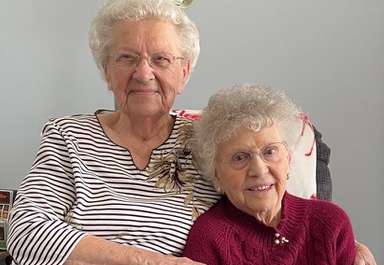
Theresa Gagne, 104, left, and Lucille Caouette, 102, have been friends since school, in Brunswick. Both now reside in the Waterville area. (contributed photo)
Submitted by Pauline Rancourt
This is the story of Theresa and Lucille who grew up in Brunswick, Maine. As lifelong friends they went to the same schools, married and later both moved to Waterville.
THERESA’S STORY
Theresa Wilson first lived on Golf Links Road, in Brunswick, and was part of a family of seven girls and three boys.
They would walk to school every day and meet up with other children at the cemetery, on River Road. From there they would walk to St. John’s school. Theresa did this every day, including Sundays for church. It was a good three miles for them. She and her sister Yvette became friends with Lucille during these walks. Theresa attended school up to eighth grade. Remember that in those days girls were only allowed an eighth grade education.
Once her formal education was completed she needed to find work. She was only 15 at that time. Some strings had to be pulled in order for her to get a job at the Freeport shoe shop. One night her ride was unavailable and she had to walk home from Freeport to Brunswick. It was dark when she got home. Her father was very upset that his daughter had to walk home that distance. Theresa needed to find a new job. Just say that was her last day working there. Strings were pulled once again as she was only 16 years old. She found a job at the Brunswick mill. She worked the dayshift and was responsible for the operation of 40 weaving machines.
During this time there was a guy named Emile who would travel from Waterville to visit his friend in Brunswick. During these visits he met Theresa and they dated for a good year. They married and she became Theresa Gagne, and were soon awaiting the birth of a child. It was a girl! Unfortunately, Emile was called into the service of our nation and had to leave the day of the birth of their child. When he returned from the service they continued to live in Brunswick and had three daughters. Emile had trouble speaking English and could not find work due to this issue. They ended up moving to Waterville, where they lived above Emile’s parent’s home. Their family grew with the birth of a son. After the passing of Emile’s parents, the family moved downstairs where Theresa lives to this day.
Theresa worked at the Bates Mill, in Augusta, and Emile worked at the Waterville post office.
Sadly, Emile passed away in 2010.
LUCILLE’S STORY
Lucille Menard also lived in Brunswick on a farm located on the River Road and was part of a family of six girls and three boys. Lucille would meet a group of friends, one of them being Theresa, at the cemetery, and they would all walk to St. John’s school. Lucille only made it to the seventh grade. She had health issues which kept her from completing the eighth grade. When Lucille turned 18, she worked at the Brunswick mill. She worked the night shift on the same set of weaving machines as Theresa. Lucille started by loading bobbins on the weaving machines. Her cousin noticed how well she was keeping up with the demands of this job. He moved her onto the weaving machines, and she was responsible for the operation of the same 40 machines as Theresa.
Then Ray came into the picture. He also worked at the mill, but in the cloth room. He wanted to meet Lucille so he noticed that she would go to the park and listen to the music and asked his friend to go talk with Lucille to see if she wanted to meet Ray. But her response was, “if he wants to meet me, let him ask me himself.” Lucille held off for a few months before she said yes. They dated for a year and then were married. She is now Lucille Caouette, and they lived in Brunswick. After the birth of the first three babies, in Brunswick, they moved to Waterville. Ray worked at Augusta Distributors, a division of Eastern Inc. After their eighth child was born, they moved to Winslow where they added two more.
Lucille was a stay at home mom until the last child started school and then she got a job working at St. John the Baptist church rectory, in Winslow.
Ray passed in 2002.
THEIR STORY
While living in Waterville and Winslow, they would see each other once in a while. It was when Theresa’s sisters, Yvette, Pauline and Doris came to see Theresa that they really started to see each other more often. Theresa and Lucille would often meet and go to lunch together.
- Both are from Brunswick.
- Both went to the same schools.
- Both worked at the Brunswick mill.
- Both married and moved to Waterville.
- Both got their driver’s license in there 50s.
- Both are now the only living family member.
- Both have their birthdays in April.
- Both celebrated their 100th birthday.
Now they both celebrated another birthday. Theresa turned 104 years old on April 18; Lucille celebrated her 102nd birthday on April 25.
A friendship that has lasted a very long time. How sweet is that?
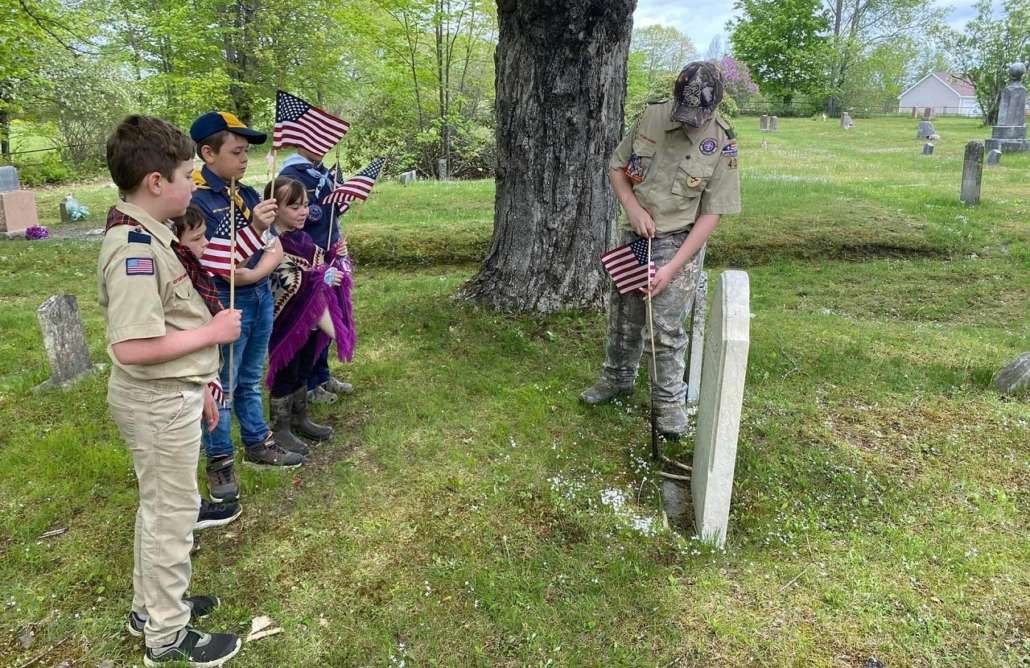







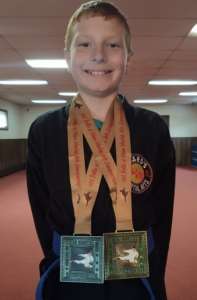

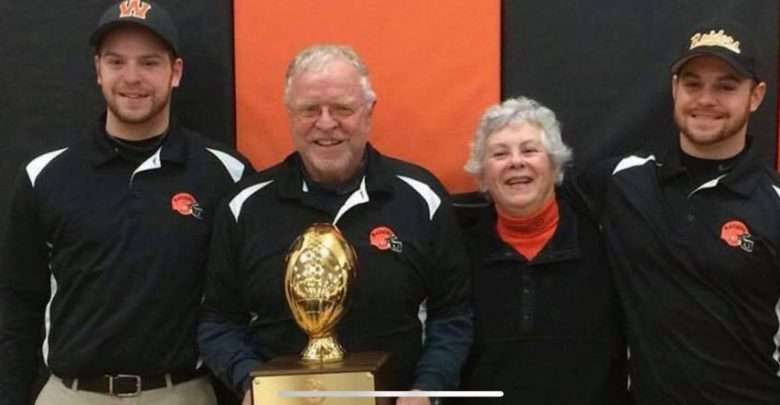
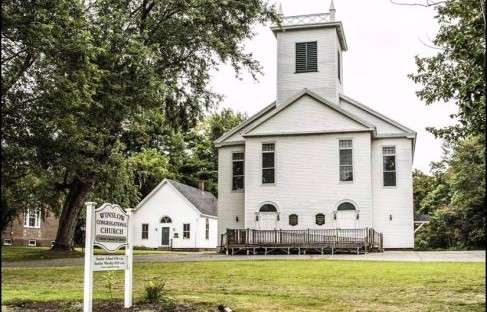
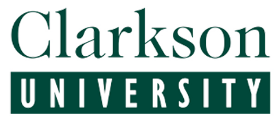
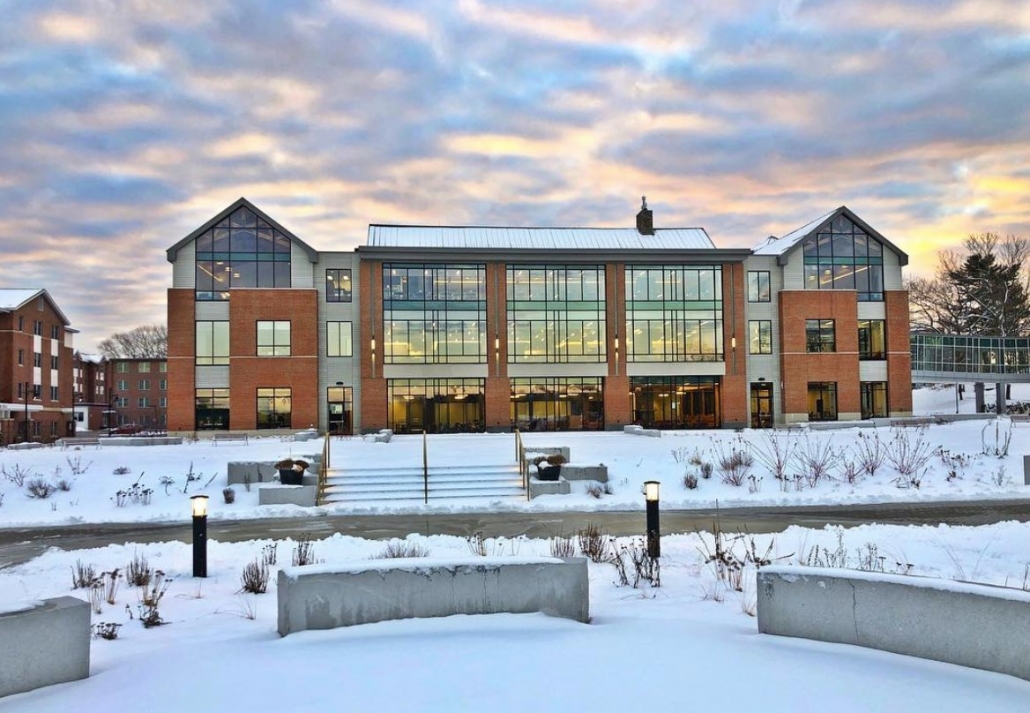
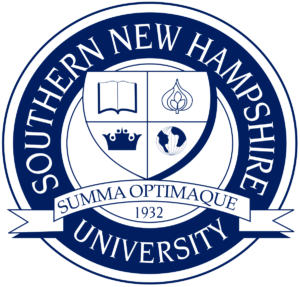 Southern New Hampshire University (SNHU), in Manchester, New Hampshire, congratulates the following students on being named to the Summer 2022 President’s List. The summer terms run from May to August.
Southern New Hampshire University (SNHU), in Manchester, New Hampshire, congratulates the following students on being named to the Summer 2022 President’s List. The summer terms run from May to August.